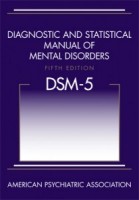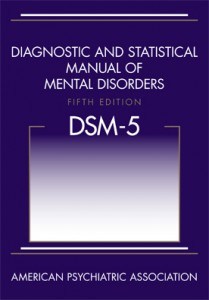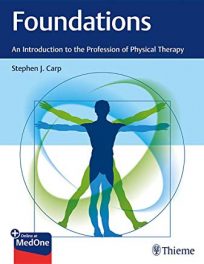 Author: American Psychiatric Association
Author: American Psychiatric Association
Publisher: American Psychiatric Publishing – 947 pages
Book Review by: Nano Khilnani
The Diagnostic and Statistical Manual of Mental Disorders or DSM for short, has been around for more than six decades. Over the years, it has become the standard reference in the area of mental health for clinical practice. It is designed to help professionals reliably diagnose for disorders and provide the right treatment in each case.
This book catalogues probably all the known mental disorders and provides detailed coverage of each one (along with related disorders and associated criteria) in entire chapters in this volume of nearly a thousand pages.
This is a practical and very functional guide because at the beginning of this book itself, a classification of all the disorders is provided for the user. Called “DSM-5 Classification,” this introductory section of almost 30 pages lists each main disorder and other disorders associated with or similar to it.
For example, the first type of disorders listed in the DSM-5 Classification is Neuro-deveopmental Disorders, under which are listed seven (7) associated disorders. In this instance, they are: Intellectual Disabilities, Communication Disorders, Autism-Spectrum Disorder, Attention-Deficit / Hyperactivity Disorder, Specific Learning Disorder, Motor Disorders, and Other Neuro-developmental Disorders.
Then, the next main group of disorders are listed, namely Schizophrenia Spectrum and Other Psychotic Disorders. This is then followed by the next type of disorders. The beauty in this listing is that the page numbers are already given, so the mental health professional can go right to that page (instead of to the contents page) to read the relevant description of that particular disorder.
The present (fifth) edition was twelve years in the making and is a compilation of the contributions of hundreds of specialists – psychiatrists, psychologists, physicians and others – working around the world. All of them worked toward the common goal of improving and enhancing this latest edition so that it could have the most current research findings in it and it could be more useful.
Since the last edition, advances have been made in brain imaging, cognitive neuroscience, epidemiology, genetics and other areas. Data and insight gained from this has been incorporated in the current edition.
The DSM-5 is for use not only by clinicians and other practitioners through different approaches (e.g. behavioral. biological, cognitive, family, interpersonal, psychodynamic, etc.) but also by counselors, educators, family members of patients, forensic and legal specialists, nurses, occupational and rehabilitation professionals, patients, researchers, social workers, and of course, students.
The criteria specified in this guide for each mental disorder are concise, clear, explicit, and precise, enabling accurate diagnosis of the patient. The book provides a structured, well-developed way to understand and diagnose mental disorders, especially for those who are trying to figure exactly which specific disorder it is and what is the recommended treatment.
Before going to the DSM-5 Classification and the respective chapters, the editors request you to read the following sections first: Introduction, Use of the Manual, and Cautionary Statement for Forensic Use of DSM-5.
Needless to say, this is a highly useful manual and a must to be placed on the shelves (and hands) of mental health professionals and others we specified above. It contains the most authoritative, current, and specific information on a comprehensive range of mental disorders.







